What to know
- Windows has a few options that let you customize it to look and feel like Windows 10.
- From Taskbar Settings > Taskbar behavior, change the alignment to Left, set ‘Combine taskbar buttons…” to Never, and turn off Task view and Widgets and hide Search.
- You can also revert to the classic File Explorer and context menu using registry hacks, apply a Windows 10 wallpaper, and individually change the sounds and icons.
- For additional customization, we recommend third-party apps like StartAllBack, WinAero, and Open Shell apps, all of which are free.
No matter what anyone says, Windows 10 is the best Windows version of the lot. Be it the taskbar, the Start menu, the folder layout, the context menus, or the overall balance between form and function, Windows 10 just does it better. There are no AI gimmicks or intense transparency effects sucking at system resources. And yet, its level of useful customization is unparalleled.
On the other hand, Windows 11’s design scheme marks a major departure from the tried and the tested, which is one of the many reasons why users have been slow in adopting it. But if you’ve already upgraded and are starting to miss Windows 10 already, you don’t have to downgrade just yet.
There are several ways and free third-party apps to make your Windows 11 look like Windows 10 again. Here’s every little way to get the look and feel of Windows 10 on Windows 11.
Method 1: Using Windows settings
Although third-party apps will invariably be needed to get authentic Win 10 vibes, there are several native ways to revert Windows 11 elements to something approximating Windows 10.
1. Move taskbar icons to the left (and remove unnecessary items)
Windows 11’s macOS-esque center-aligned icons are a hit or a miss, depending on who you ask. Fortunately, it’s not set in stone.
- To left align it, right-click on the taskbar, select Taskbar settings.
- Then expand Taskbar behaviors.
- Choose Left from the ‘Taskbar alignment’ drop-down menu.
While we’re here, let’s also get rid of some unnecessary taskbar items. So toggle off Task view and Widgets and set ‘Search’ to Hide.
Here’s a visual guide for your reference.
See! It’s already much cleaner.
2. Ungroup taskbar items
Annoyingly enough, Windows 11 automatically groups taskbar buttons when there are more than one instances of an app open (including File Explorer). But Microsoft did eventually add an option that lets you decide when this behavior occurs, if at all.
- Go to the taskbar settings as shown before.
- Click on Taskbar behaviors.
- Click on the drop-down menu next to ‘Combine taskbar buttons and hide labels’ and set it to Never or When taskbar is full.
Here’s a visual guide for your reference.
3. Change right-click context menu
Compared to the simplicity of Windows 10, Microsoft has made a mess of the right-click context menu on Windows 11, and now requires the user an additional click on the ‘Show more options’ button to access all contextual options. Fortunately, there’s a simple registry hack that lets you revert to the way things were.
- Open Registry Editor from Start Menu.
- Go to HKEY_CURRENT_USER\Software\Classes\CLSID.
- Right-click on “CLSID” and create a new key called {86ca1aa0-34aa-4e8b-a509-50c905bae2a2}.
- Now create a sub-key within it and name it InProcServer32.
- Click on the Default value and set its value to a single space character. Click OK to confirm.
- Finally, open ‘Task Manager’, search for Windows Explorer and restart it.
You will now get the Windows 10-styled right-click context menu. Here’s a visual guide for your reference.
4. Change wallpaper
After the taskbar and the context menu, nothing screams Windows 11 more than the ‘Bloom’ wallpaper. Though it doesn’t matter much which wallpaper you keep, setting it to the official Windows 10 wallpaper helps maintain the illusion. Here’s how to change it:
- Download the Windows 10 wallpaper.
- Now open the Settings app and select Personalization on the left.
- Click Background on the right.
- Next to ‘Personalize your background’, select Picture.
- Click Browse photos.
- Select the downloaded Windows 10 wallpaper.
Here’s a visual guide for your reference.
5. Switch to custom Windows 10 sounds
Changing the system sounds can further immerse you in the Windows 10 feels. But first, you’ll need to get the Windows 10 sounds pack. You can find several free websites that offer it for free. Here‘s one that includes an extensive collection.
- Download the Windows 10 sound pack.
- Extract the contents of the RAR file.
- Now open the Start menu, search mmsys.cpl and open the Sound properties window.
- Click on Sounds.
- Under ‘Program Events’, you’ll have a bunch of events whose sounds you can customize. Select an event, click on Browse, and choose the relevant sound.
- You’ll need to do so for all the program events whose sounds you want to change.
Here’s a visual guide for your reference.
Native option limitations
Most other Windows 11 elements, such as the Start menu, cannot be changed with the options available. Or they require a ton of work, as is the case with changing the folder icons, which you’ll have to take care of individually. For these and more such customizations, using dedicated third-party apps like the ones given below is a must.
Method 2: Using third-party apps
Many of these third-party programs allow for the customization of multiple Windows elements, while others are dedicated to the personalization of individual items.
1. StartAllBack
StartAllBack is an open-source program which is really the only one you need to completely revamp your taskbar, the start menu, the system tray, and the context menu. It looks and functions similarly to other paid apps like Start11 which usually go for a hefty price. StartAllBack also provides a much smoother experience when changing UI elements.
Access StartAllBack by right-clicking the Start Menu and selecting Properties.
2. WinAero Tweaker
WinAero is more than an all-rounder. It’s an entire suite of tweaks and customizations that you can apply on your Windows 11 PC to make it look and behave your way. This includes but is not limited to the following:
- Add a ribbon to File Explorer
- Shortcut to the classic File Explorer.
- Set Aero Lite (Windows 10) as the default theme.
- Customize Icons
- Add dozens of context menu options
There are scores of such tweaks separated into 21 different categories. The only thing it doesn’t have is a classic taskbar, which was discontinued starting Windows 22H2, though it will redirect you to apps that do, like Open Shell given below.
3. Open-Shell (previously Classic Shell)
Open Shell is another many-in-one Windows customization app, one that is bound to take you back to the days of Windows 10 and earlier.
Apart from the Start menu, which can be heavily modified in terms of style and settings, there’s also the option to customize the taskbar, change skins, context menu, sounds, and much more. Make sure to check ‘Show all settings’ to access all of them.
Although there is a limit to how much you can make Windows 11 look like Windows 10, third-party tools go well beyond whatever little native options accomplish. But, this being a slippery slope, make sure you don’t end up in an infinite regression for the sake of making Windows look like it’s from a different era. You could end up losing some key features that are available only on Windows 11, such as File Explorer tabs, that come in very handy in everyday usage.
We hope you were able to customize Windows so it looks like Windows 10 and earlier. Until next time!

![How to Make Windows 11 Look like Windows 10 [October 2024]](/content/images/wp-content/uploads/2024/08/windows-11-to-windows-10-featured.png)
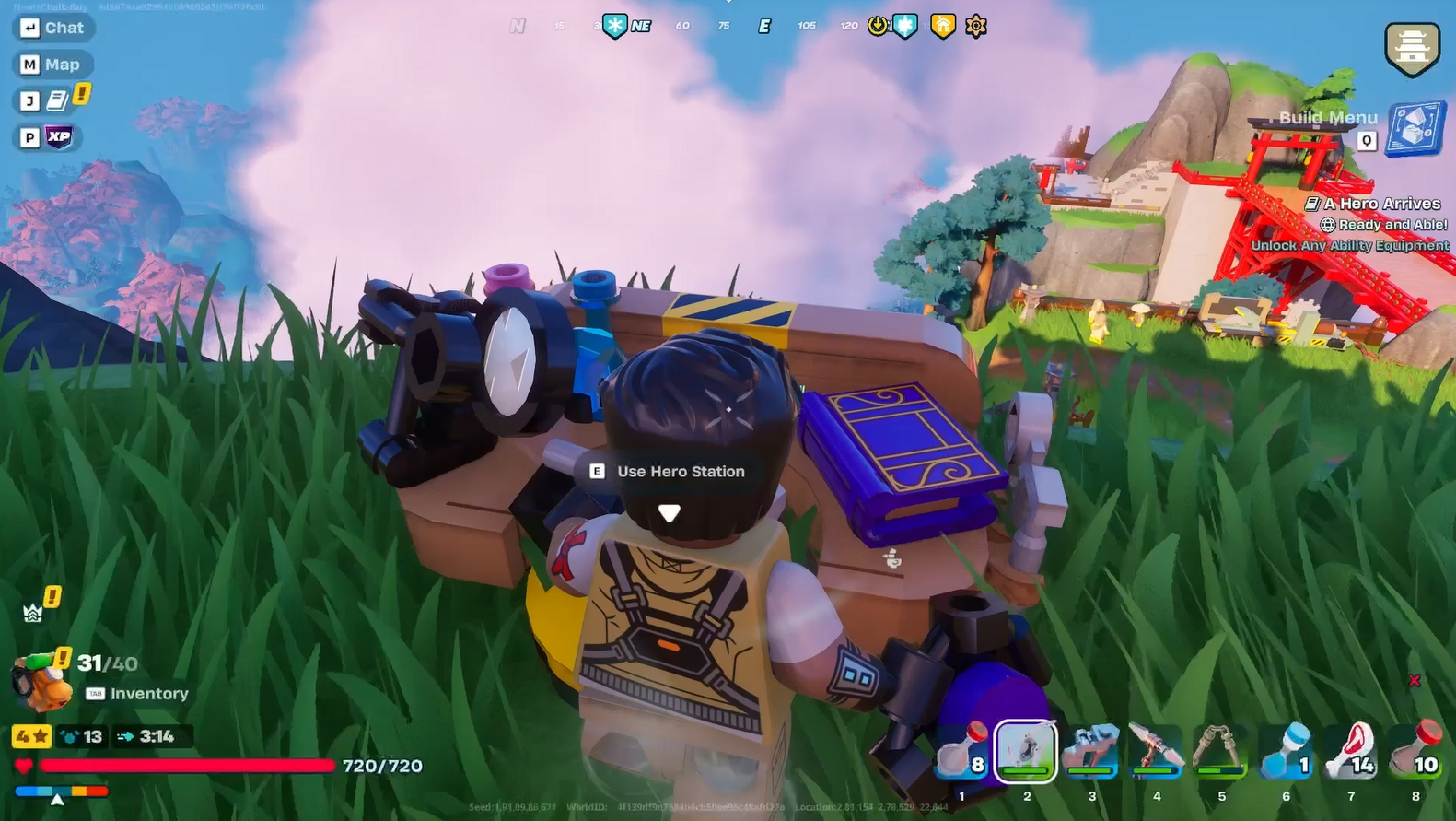
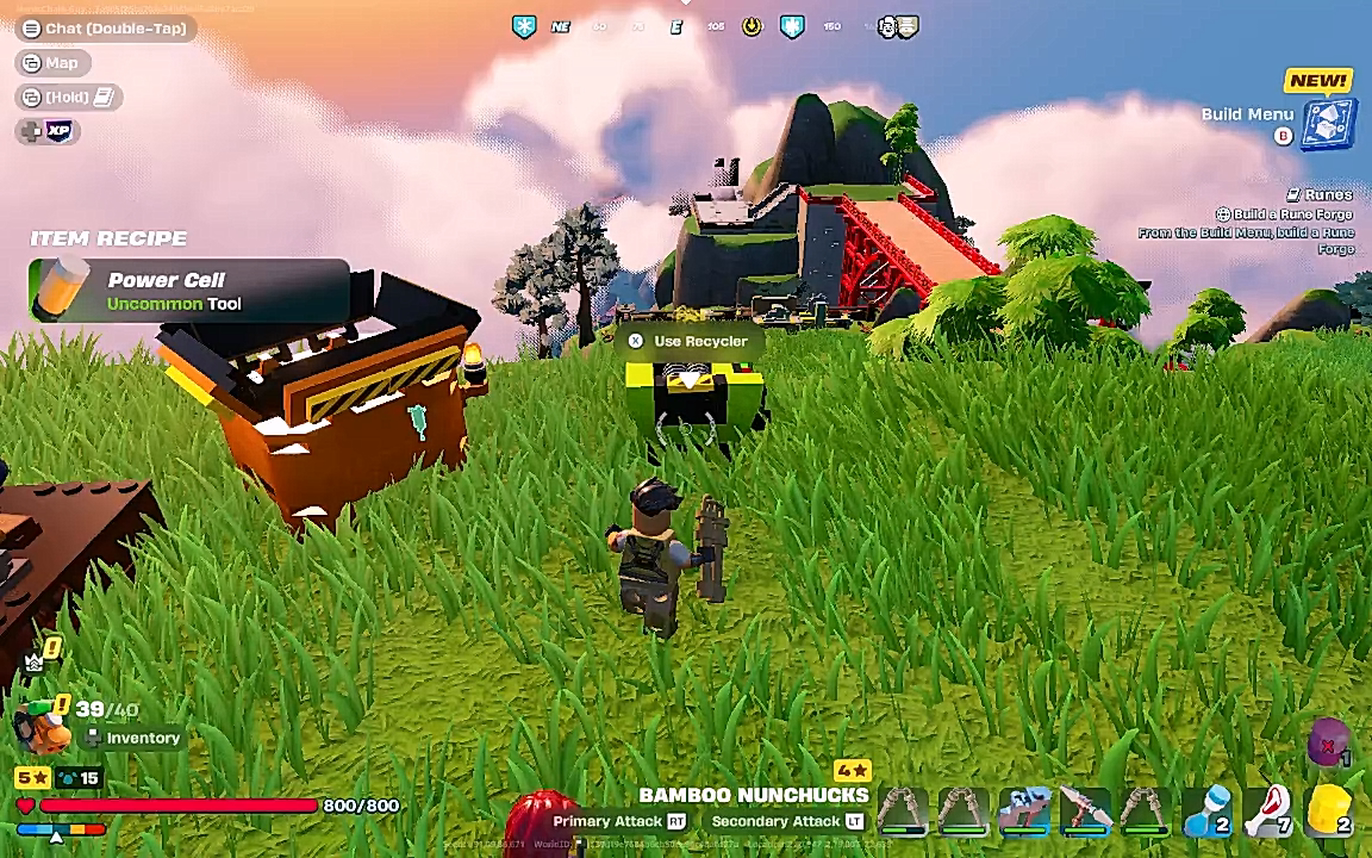
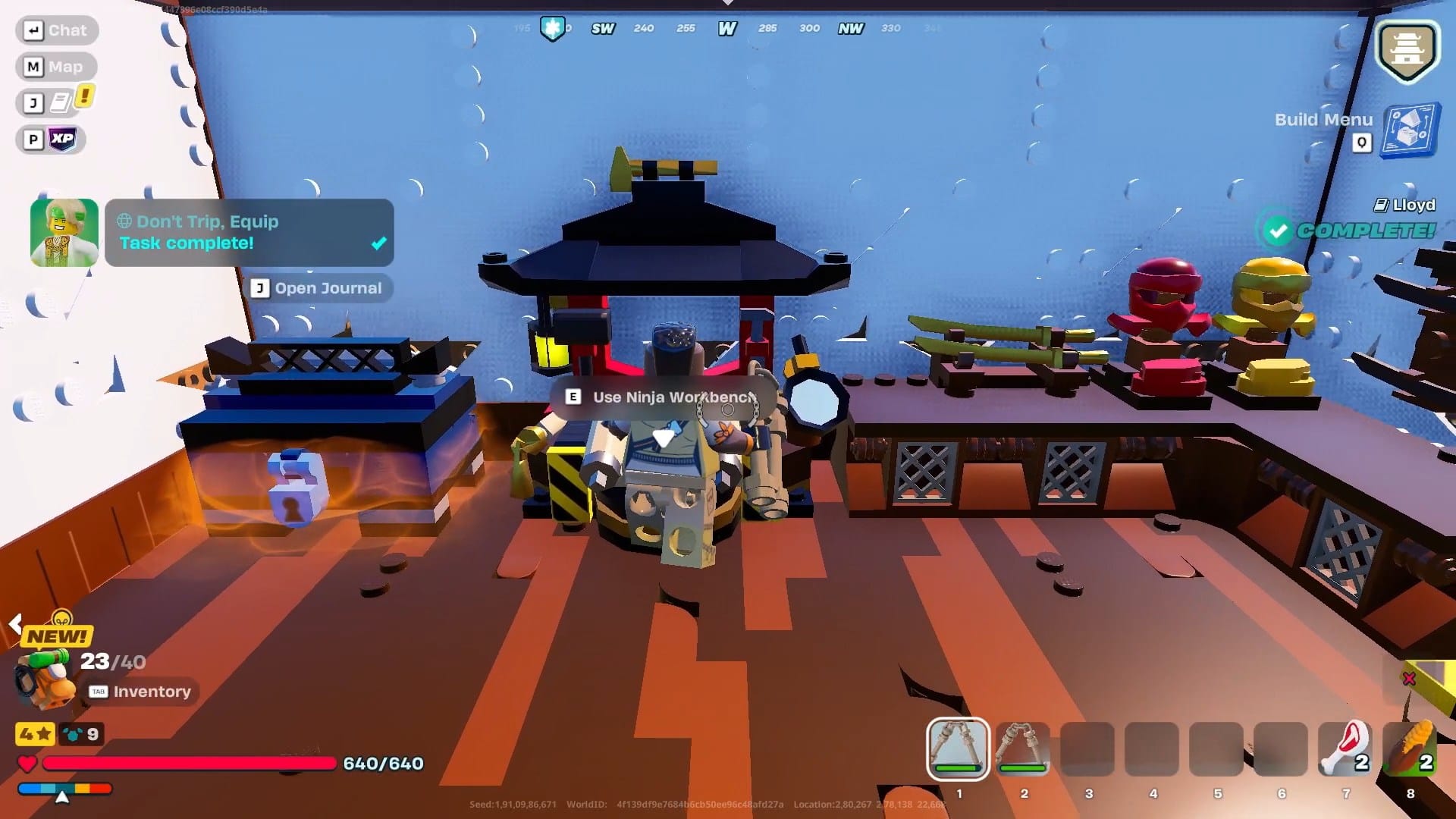
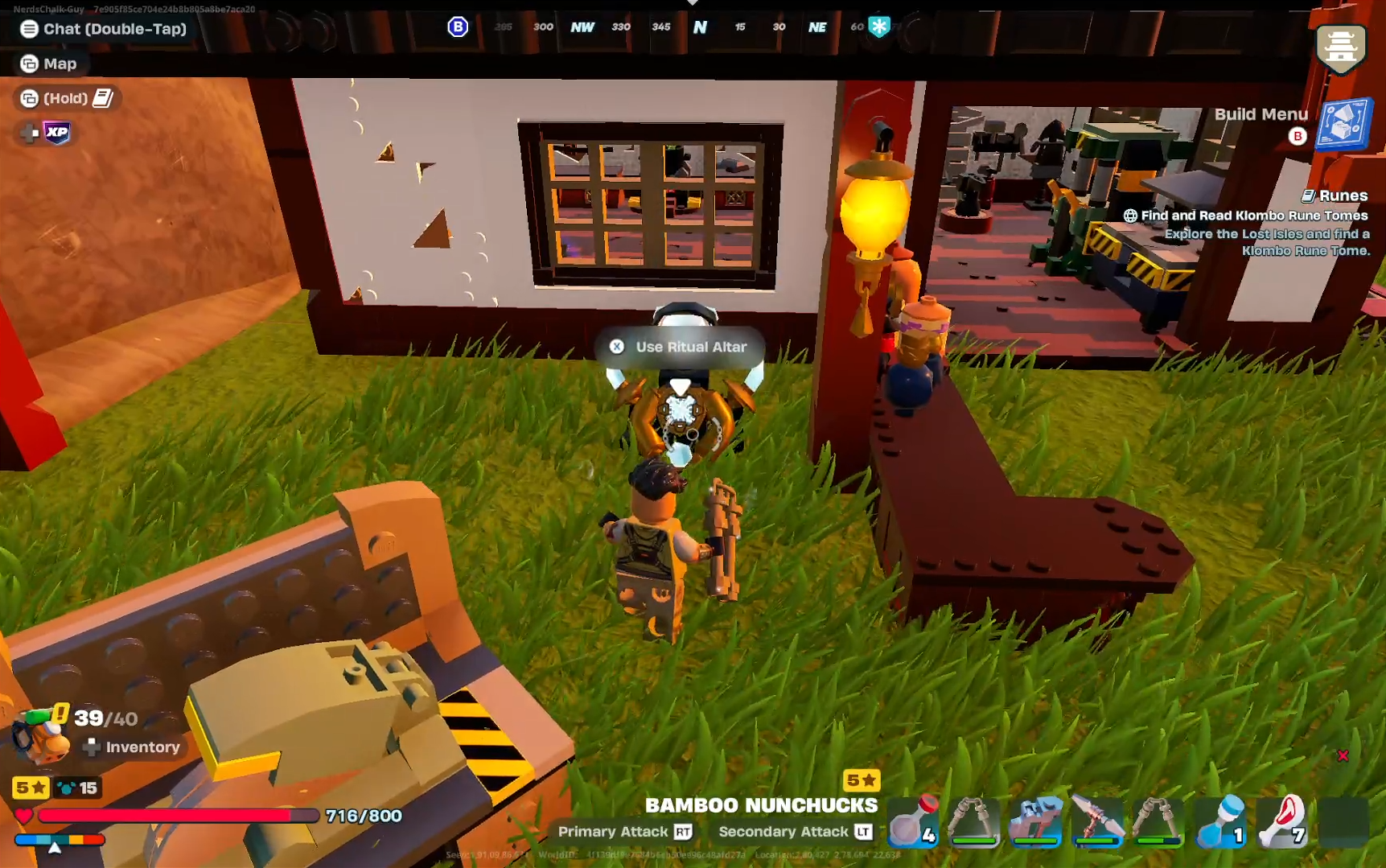

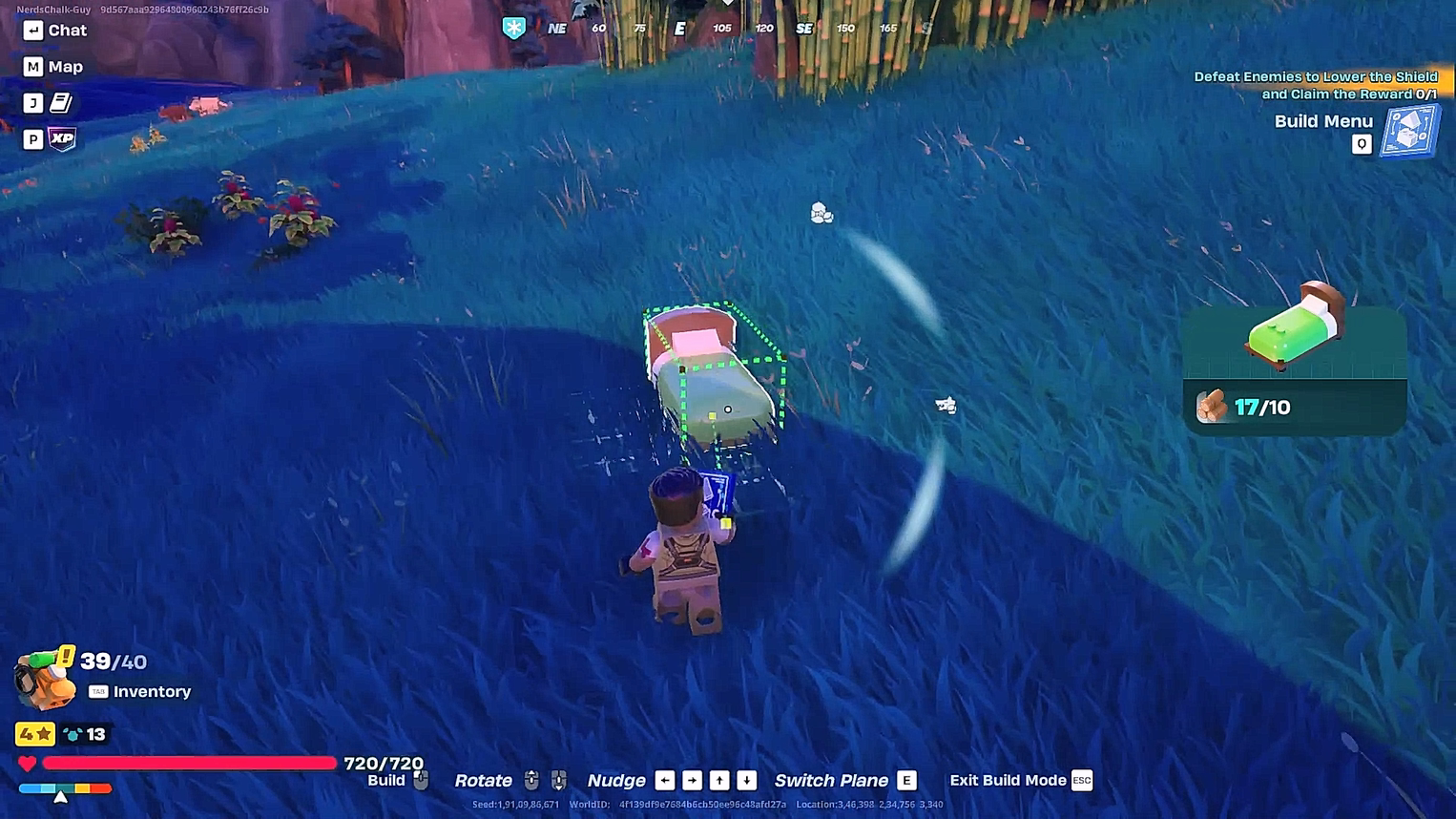
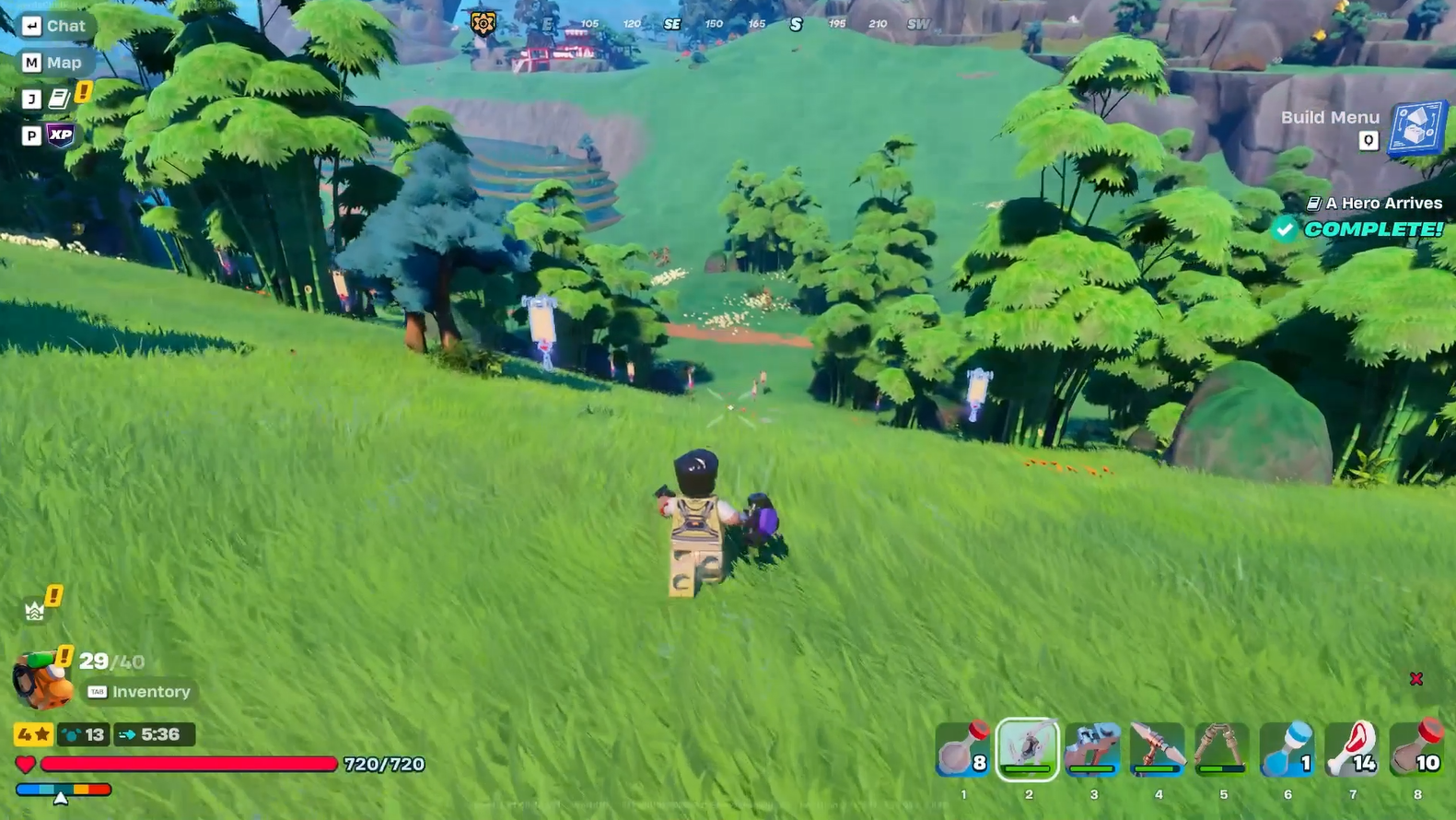
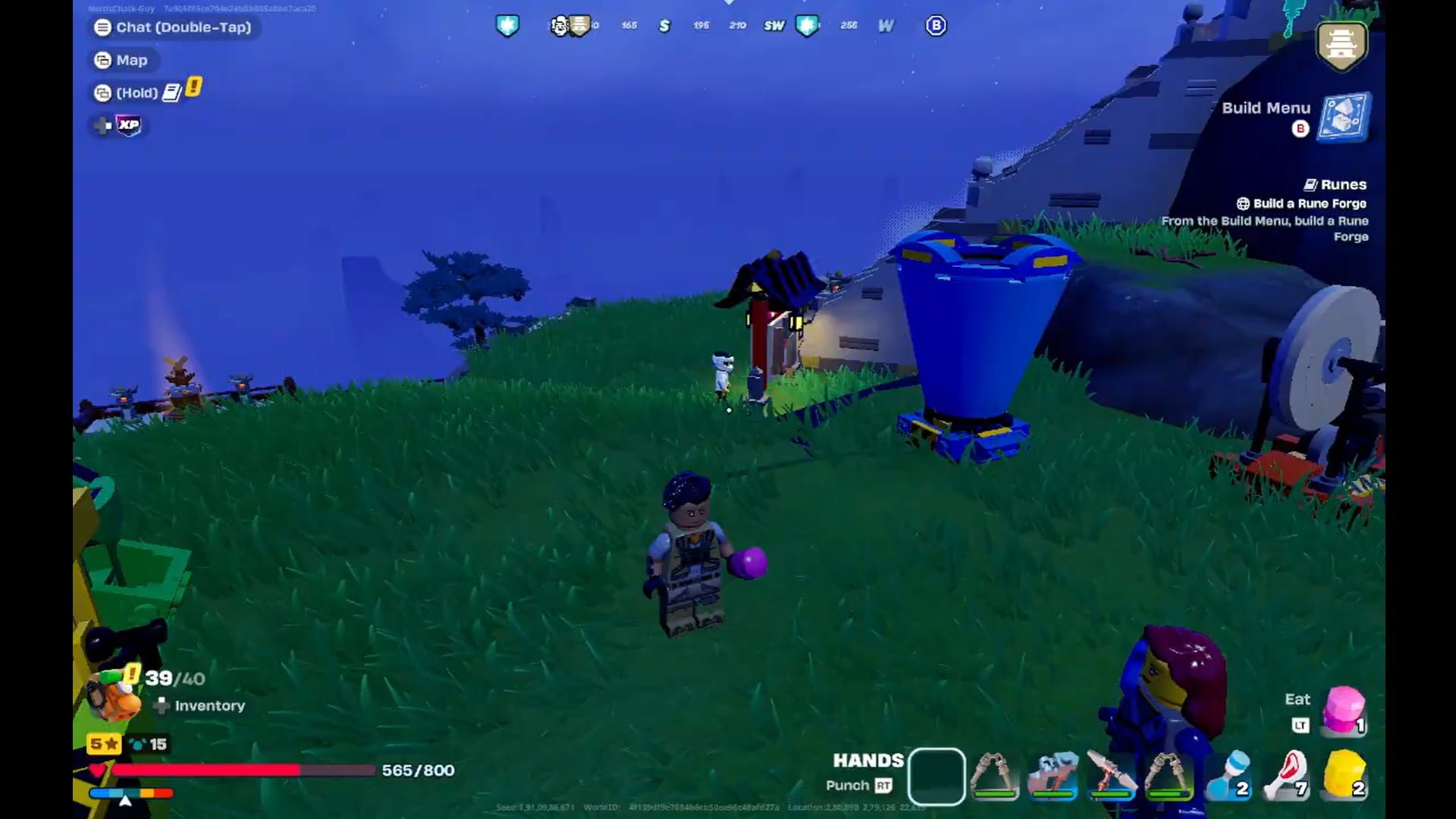

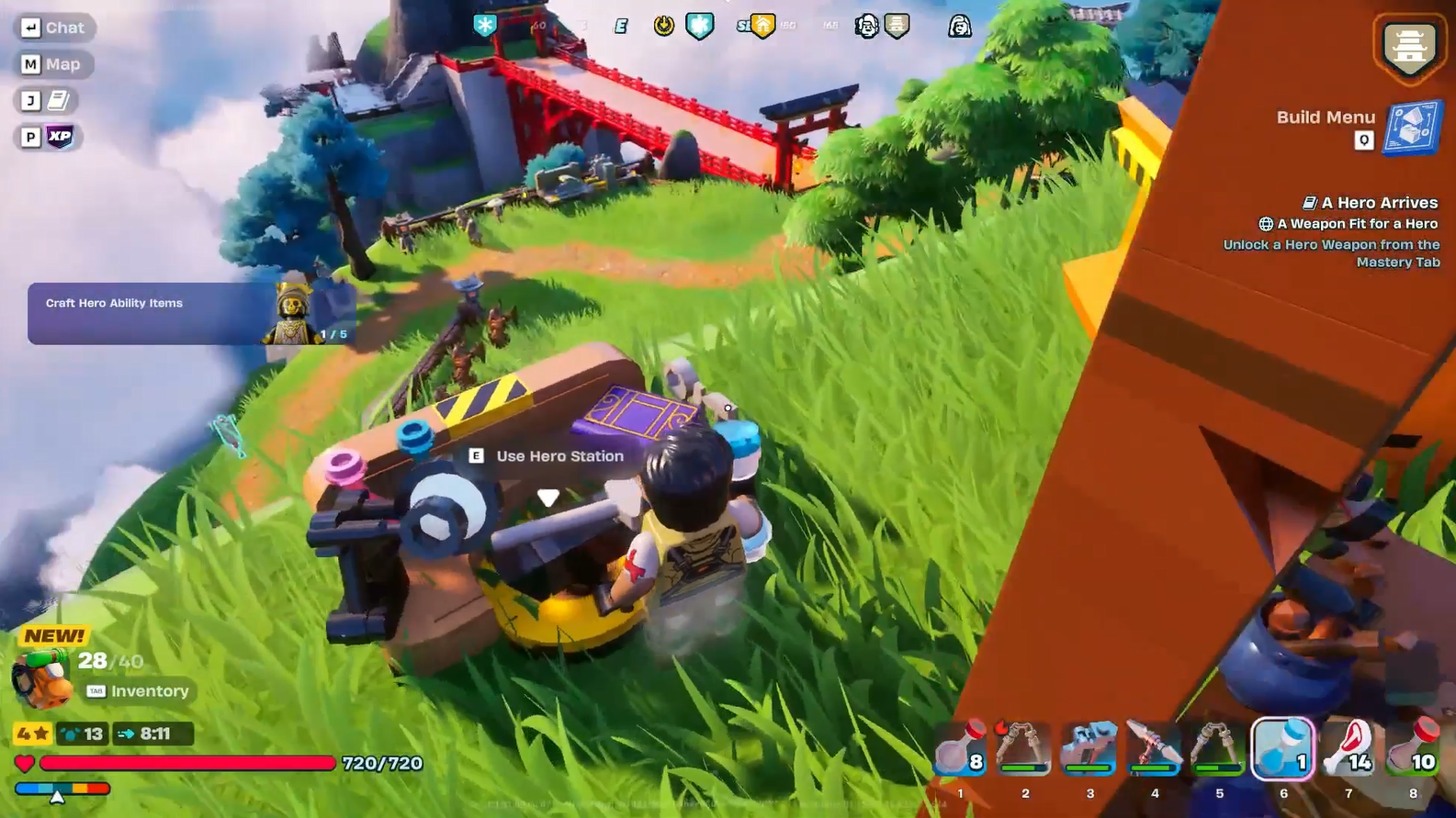

Discussion